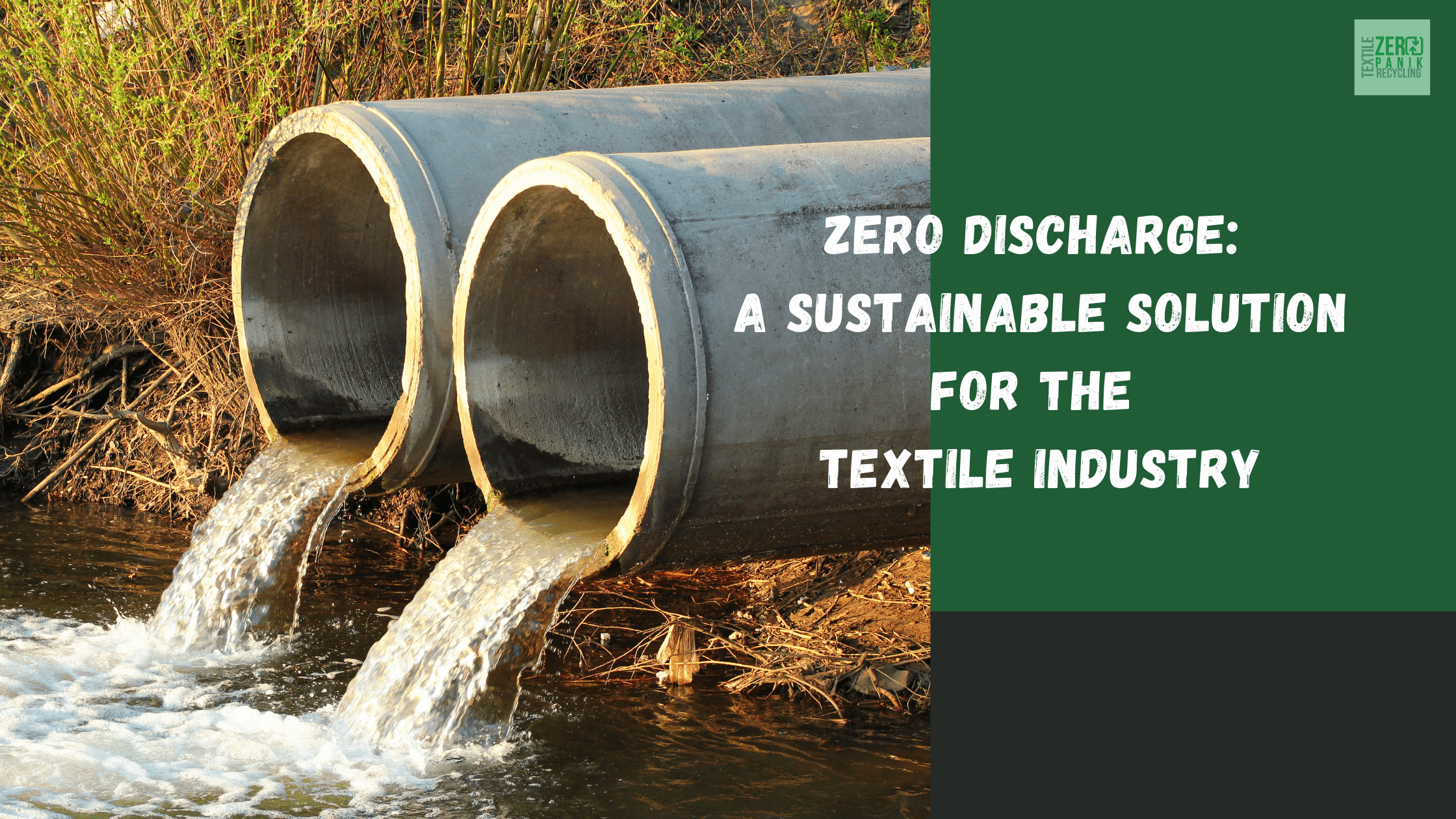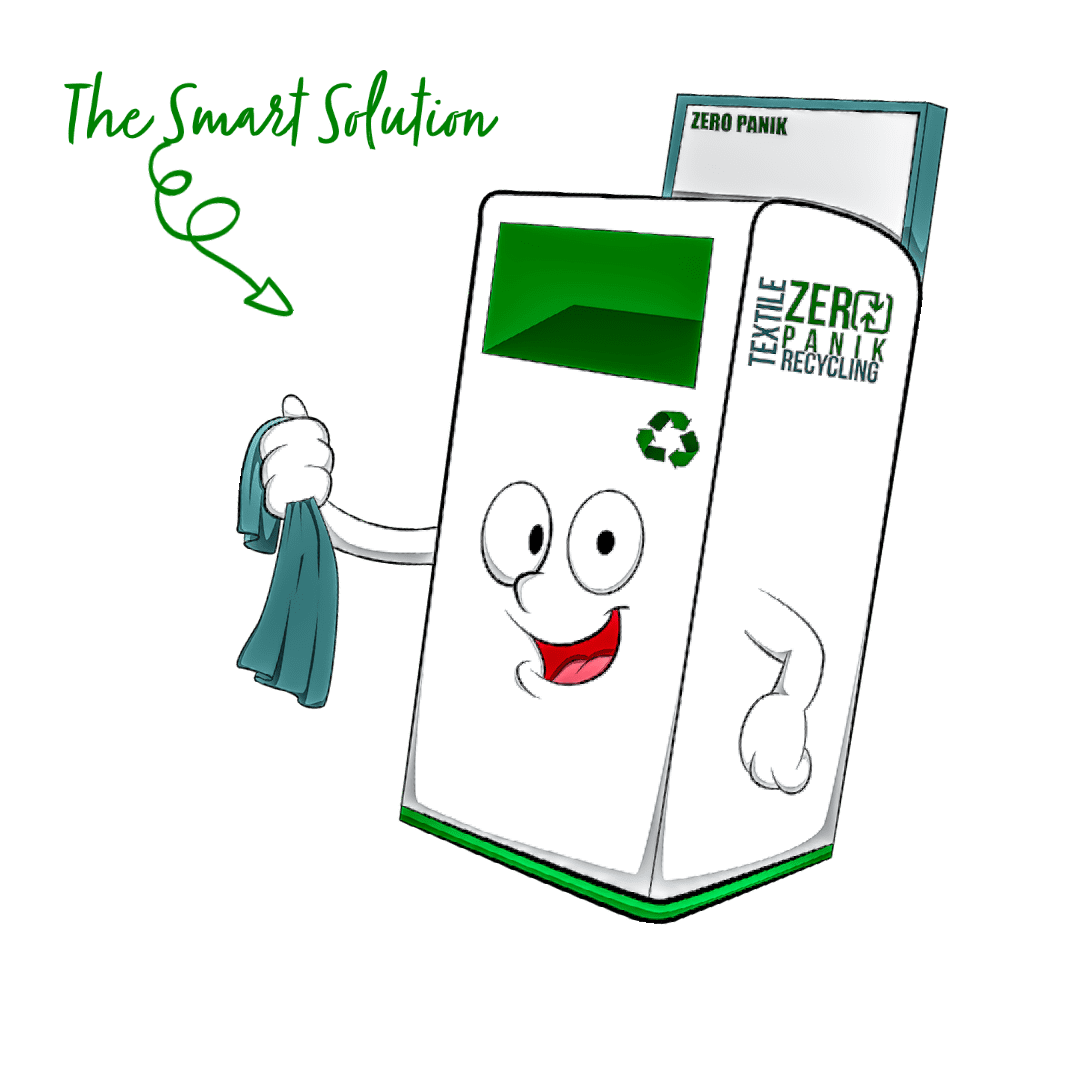
The textile industry has long been regarded as one of the leading contributors to environmental pollution and water scarcity. With its high demand for water and chemicals, it is notorious for its harmful impact on ecosystems and human health. However, in recent years, the concept of zero discharge has emerged as a viable solution for addressing these issues and creating a more sustainable future for the industry.
Zero discharge refers to the complete elimination of wastewater discharge from industrial processes. It involves implementing innovative technologies and practices to effectively treat and recycle water, as well as minimize the generation of waste and pollutants. The goal is to create a closed-loop system where water and resources are conserved, and pollution is eliminated. To attain zero discharge, textile manufacturers need to adopt a holistic and sustainable approach to production. This involves implementing strategies to minimize water usage, improve water treatment methods, and find alternative processes and materials that reduce the need for harmful chemicals.
One sector that has been particularly affected by the negative environmental impact of the textile industry is the dyeing and finishing process. Traditionally, vast amounts of water, energy, and chemicals are used, resulting in significant water pollution and resource depletion. However, with the adoption of zero discharge practices, these issues can be mitigated.
To achieve zero discharge, several key steps need to be taken. Firstly, water recycling and treatment systems need to be implemented. This may include technologies such as reverse osmosis, advanced oxidation processes, and biological treatment systems. These systems remove pollutants and facilitate the reuse of water, reducing the overall water consumption of the textile industry.
Furthermore, the use of sustainable and eco-friendly chemicals is vital in reducing the environmental impact. Many traditional chemicals used in textile processes are harmful and persist in the environment. Switching to safer alternatives can help minimize pollution and protect both human health and ecosystems.
In addition to wastewater treatment and chemical substitution, the implementation of water-efficient processes is crucial. Innovations such as low liquor ratio dyeing, which reduces the amount of water used per kilogram of fabric, can significantly contribute to achieving zero discharge.
To effectively transition towards zero discharge, collaboration and knowledge-sharing among stakeholders are essential. Governments, textile manufacturers, and research institutions need to work together to develop and implement sustainable practices. This involves conducting research, providing financial support, and fostering innovation within the industry.
Some textile manufacturers have already recognized the importance of zero discharge and have taken significant steps towards achieving this goal. Companies like Patagonia and Levi Strauss & Co. have committed to eliminating the use of hazardous chemicals and implementing water conservation measures. Their efforts serve as an inspiration and demonstrate that zero discharge is not just a theoretical concept but a tangible reality that can be achieved.
Despite the challenges and costs associated with implementing zero discharge, the benefits of sustainable practices far outweigh the initial investments. By adopting these practices, textile manufacturers can not only reduce their environmental impact but also improve the quality and safety of their products. Consumers are increasingly demanding sustainably produced textiles, and companies that fail to heed this call may lose their competitive edge in the market.
In conclusion, zero discharge represents a sustainable solution for the textile industry. By implementing innovative technologies, recycling water, and adopting eco-friendly practices, textile manufacturers can minimize their environmental footprint and contribute to a more sustainable future. Achieving zero discharge requires collaboration, research, and commitment from all stakeholders, but the long-term benefits will be well worth the efforts. It is time for the textile industry to embrace zero discharge and pave the way for a greener and cleaner future.
